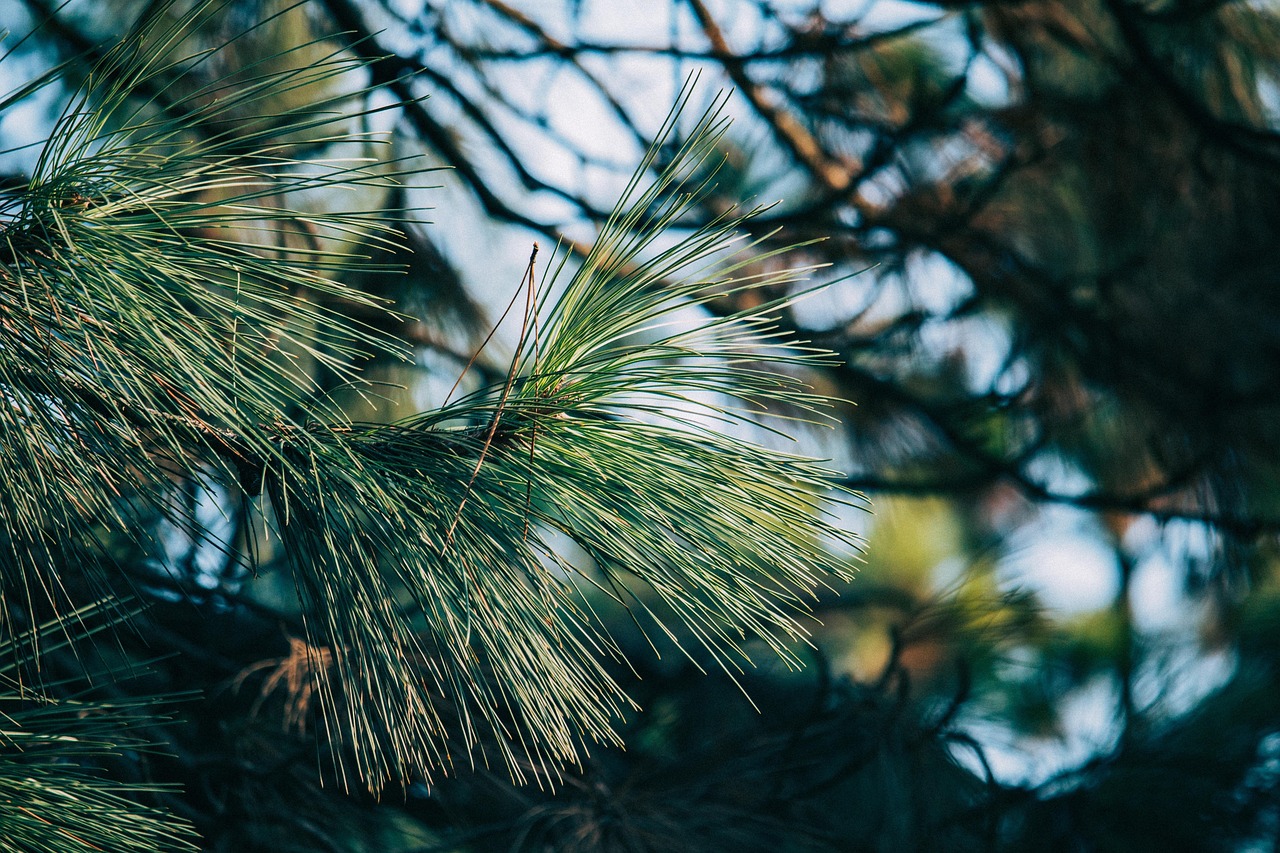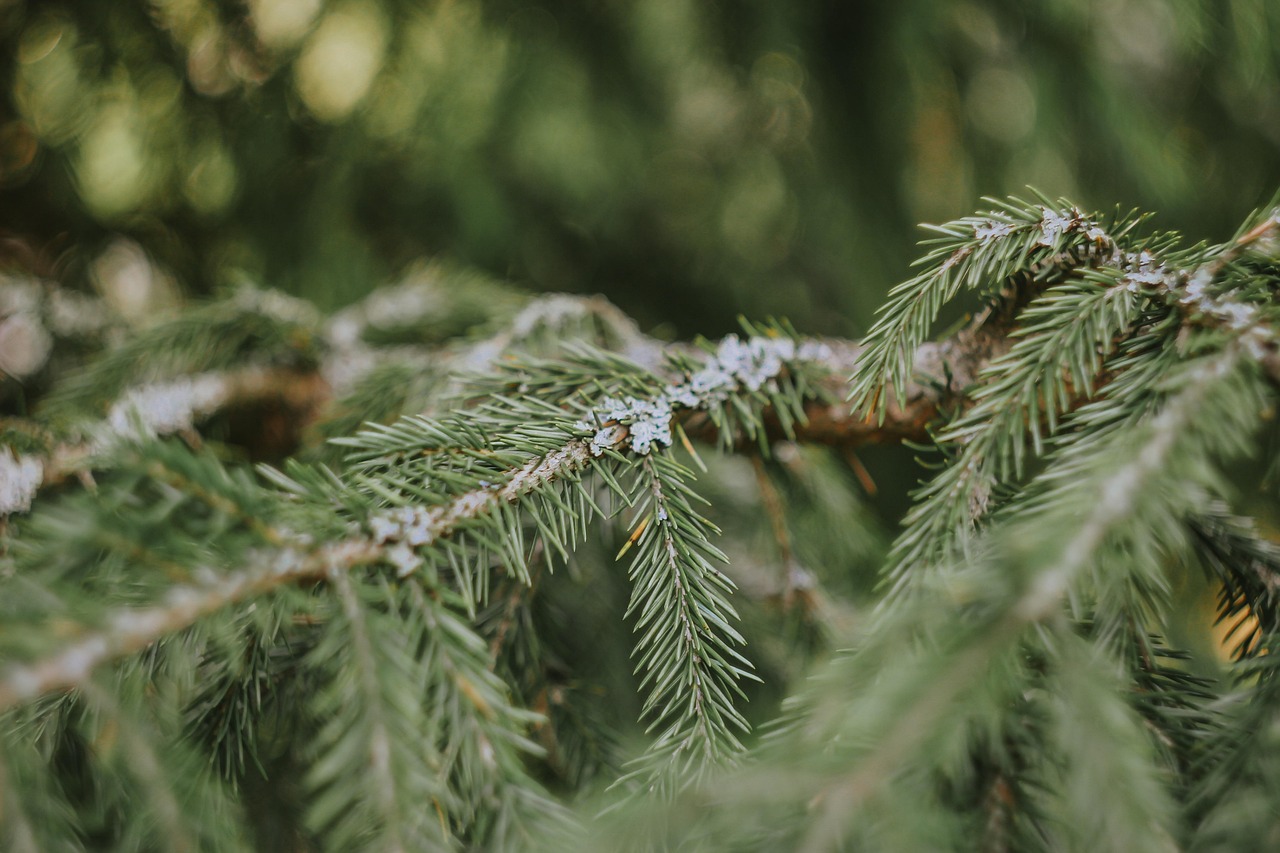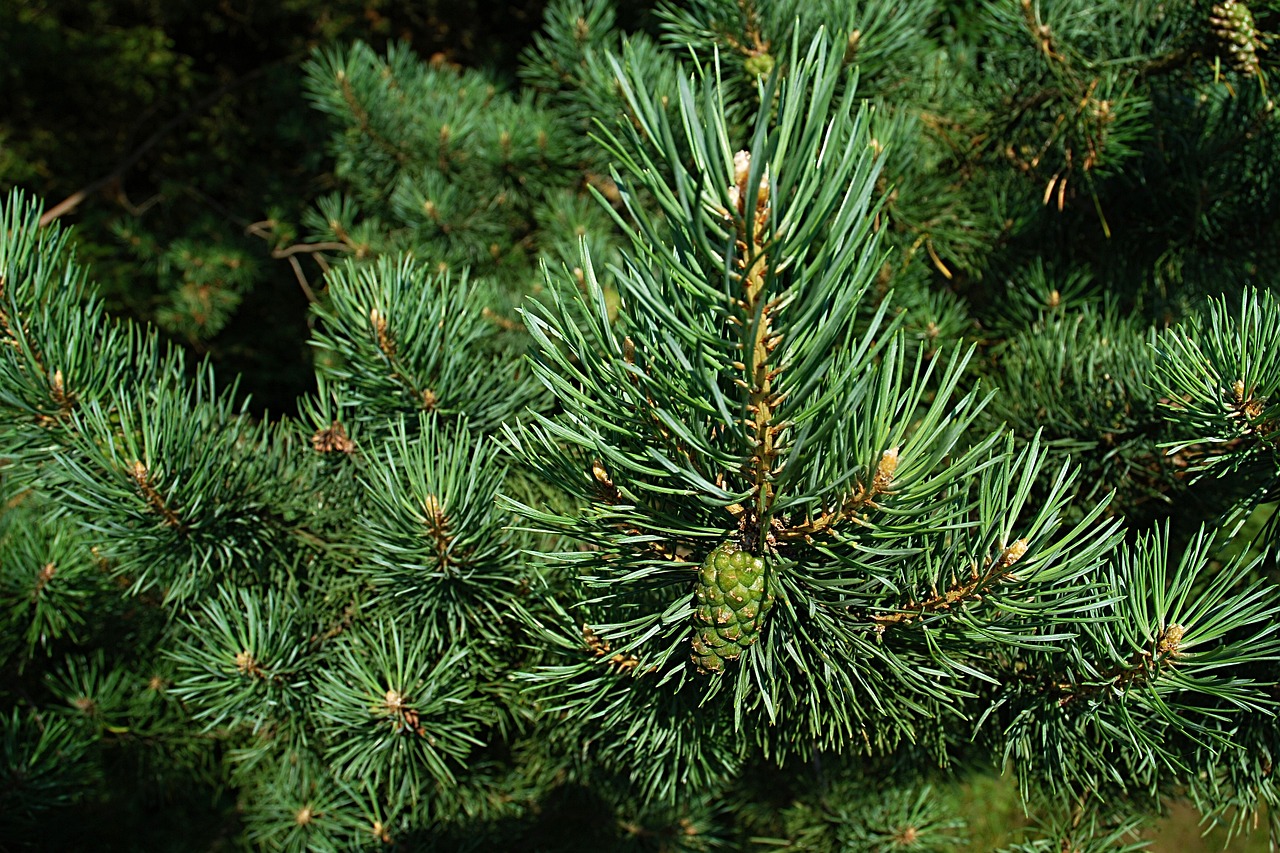The Virginia Pine, with its distinctive appearance and resilient nature, is a tree that captures the hearts of tree lovers and nature enthusiasts alike. Known for its adaptability and ecological importance, this tree not only contributes to the beauty of the landscape but also plays a vital role in supporting wildlife. This guide aims to delve into the various aspects of the Virginia Pine, from its unique features to its importance in the ecosystem.
The Virginia Pine (Pinus virginiana) is native to the southeastern United States. It thrives in a variety of habitats, including dry ridges and poor soils, showcasing its robust character. This tree typically reaches heights of 60 to 80 feet and can live for more than a century. Its long, slender needles and irregular crown set it apart from other pine species, making it a popular choice for landscaping and reforestation projects. Understanding the Virginia Pine is essential for anyone interested in forestry, ecology, or simply enjoying nature.

| Characteristic | Details |
|---|---|
| Common Name | Virginia Pine |
| Scientific Name | Pinus virginiana |
| Height | 60 to 80 feet |
| Diameter | 1 to 2 feet |
| Needle Length | 3 to 5 inches |
| Bark Texture | Scaly and thin |
| Growth Environment | Poor, dry soils |
| Wildlife Benefits | Nesting sites and food source for birds and mammals |
Physical Characteristics of Virginia Pine
The physical attributes of the Virginia Pine are striking and contribute to its identification. The tree is characterized by its long, slender needles that grow in pairs. These needles can range from 3 to 5 inches in length and have a yellow-green color that turns darker during the summer months. The bark is another distinctive feature; it is thin and scaly, often exhibiting a grayish-brown hue. As the tree matures, the bark may develop fissures, adding to its rugged appearance.
Growth Habit
The growth habit of the Virginia Pine is irregular, often resulting in a crooked trunk and an uneven crown. This characteristic can be attributed to various environmental factors, such as soil quality and exposure to wind. The tree adapts well to harsh conditions, making it resilient in challenging climates. This adaptability allows it to flourish in areas where other trees may struggle.
Habitat and Distribution
The Virginia Pine is predominantly found in the southeastern regions of the United States. Its natural habitat includes dry upland areas, sandy soils, and even rock outcrops. This tree is commonly seen in Virginia, North Carolina, and parts of Tennessee and West Virginia. The ability of the Virginia Pine to thrive in poorer soils makes it a crucial species for reforestation efforts in these regions.
Ecological Role
The ecological role of the Virginia Pine extends beyond its physical presence. It serves as a vital habitat for various wildlife species. Birds such as the Eastern Bluebird and several woodpecker species rely on the tree for nesting sites. Additionally, small mammals benefit from the seeds produced by the pine cones. These seeds serve as an important food source during winter months when resources are scarce.
Understanding the Virginia Pine’s characteristics and ecological contributions enriches our appreciation of this remarkable tree. Its resilience and adaptability make it not just a beautiful addition to any landscape but also an essential component of the ecosystem.
Cultural Significance

The Virginia Pine holds significant cultural value in the regions where it grows. For many communities, this tree symbolizes resilience and sustainability. It is often associated with traditional practices and local folklore. Understanding the cultural significance can deepen our connection to this tree and highlight its role in human history.
Historical Use
Historically, the Virginia Pine was utilized by Native American tribes and early settlers. Its wood was valued for its strength and durability. This made it a favored choice for building structures, furniture, and tools. The tree’s abundant resin was harvested and used in various applications, including:
- Tar Production: The resin was burned to produce tar, which had multiple uses, such as waterproofing boats.
- Medicinal Uses: Native Americans used the resin for various medicinal purposes, including treating wounds.
- Construction: The strong wood was an essential material for constructing homes and making furniture.
Landscaping and Aesthetic Appeal

In modern landscaping, the Virginia Pine is appreciated for its aesthetic appeal and functional benefits. Its unique form and vibrant foliage provide visual interest throughout the year. Gardeners and landscape designers often incorporate this tree into their plans due to its versatility.
Design Considerations
When considering Virginia Pine for landscaping projects, several design aspects should be taken into account:
- Size and Space: Ensure there is enough space for the tree to grow, as it can reach significant heights.
- Soil Type: This tree thrives in poor, sandy soils, making it suitable for challenging landscapes.
- Sunlight Requirements: Virginia Pines prefer full sun but can tolerate partial shade.
Seasonal Interest
The Virginia Pine offers year-round interest. In spring, new growth appears as bright green needles. Summer showcases its lush canopy, providing shade and cooling effects. In fall, the needles may transition to a deeper green before dropping in winter, revealing the tree’s striking bark. This seasonal transformation enhances the beauty of gardens and parks.
Propagation and Care
For those looking to cultivate Virginia Pines, understanding propagation methods and care requirements is essential. These trees can be grown from seeds or seedlings, providing options for gardeners at different experience levels.
Propagation Methods
The most common methods of propagating Virginia Pine are:
- Seed Germination: Collect seeds in late summer or early fall. Soak them in water for 24 hours before planting to enhance germination rates.
- Seedling Transplanting: Purchase seedlings from a nursery for immediate planting. Ensure they are healthy and disease-free.
Caring for Virginia Pine
Once planted, Virginia Pines require minimal care. However, some care tips include:
- Watering: Young trees need watering during dry spells until established.
- Pest Management: Keep an eye out for pests such as pine beetles; use organic pesticides if necessary.
- Pruning: Light pruning can help maintain the shape of the tree but is generally not required.
By following these guidelines, tree enthusiasts can successfully propagate and maintain healthy Virginia Pines, contributing to their local ecosystems while enjoying their natural beauty.
Benefits of Virginia Pine
The Virginia Pine offers numerous benefits that extend beyond its aesthetic appeal. From environmental advantages to economic contributions, this tree plays a vital role in both local ecosystems and the broader community.

Environmental Benefits
Virginia Pines are significant contributors to their environments. Their ecological benefits include:
- Carbon Sequestration: Like all trees, Virginia Pines absorb carbon dioxide from the atmosphere, helping to mitigate climate change by reducing greenhouse gases.
- Soil Erosion Control: The extensive root system of the Virginia Pine stabilizes the soil, preventing erosion on slopes and during heavy rain.
- Biodiversity Support: By providing habitat and food for various wildlife species, these trees enhance local biodiversity.
Economic Advantages
The Virginia Pine also has economic significance. Its wood is valued in various industries, contributing to local economies. Key economic uses include:
- Lumber: The wood is used in construction, furniture making, and flooring due to its strength and workability.
- Pulp Production: Virginia Pine is commonly used in the paper manufacturing industry, providing raw material for paper products.
- Landscaping Sales: Nurseries often sell Virginia Pine seedlings and saplings, generating revenue for local businesses.
Common Pests and Diseases
Like any tree species, the Virginia Pine is susceptible to certain pests and diseases. Identifying these threats early can help ensure the health of the tree.
Pests Affecting Virginia Pine
Several pests can impact the health of Virginia Pines. Awareness of these pests is essential:
- Pine Beetles: These insects bore into the bark, disrupting nutrient flow and often leading to tree death.
- Scale Insects: These pests attach themselves to branches and suck sap from the tree, weakening it over time.
- Webworms: Known for creating webs in the branches, webworms can defoliate trees if infestations are severe.
Diseases Affecting Virginia Pine
Diseases can also pose risks to the Virginia Pine’s health. Some common diseases include:
- Brown Spot Needle Blight: This fungal disease causes needle discoloration and can lead to premature needle drop.
- Diplodia Tip Blight: Affecting young trees, this disease can cause stunted growth and dieback of new shoots.
- Root Rot: Caused by excessive moisture and poor drainage, root rot can severely impact tree health if not managed.
Conservation Efforts
Given the ecological importance of the Virginia Pine, various conservation efforts are in place to protect and sustain this species. Understanding these initiatives is crucial for tree lovers and environmentalists alike.
Reforestation Projects
Many organizations engage in reforestation projects that focus on planting Virginia Pines. These efforts aim to restore habitats that have been degraded by logging or natural disasters. Key aspects of these projects include:
- Community Involvement: Local communities are often engaged in planting efforts, fostering a sense of stewardship for the land.
- Education Programs: Workshops and educational programs raise awareness about the importance of Virginia Pines in ecosystems.
Sustainable Forestry Practices
Sustainable forestry practices are key to ensuring that Virginia Pine populations remain healthy while providing economic benefits. These practices include:
- Selective Logging: Instead of clear-cutting, selective logging allows for the harvesting of mature trees while preserving younger ones.
- Pest Management Practices: Integrated pest management strategies help control pests while minimizing harm to the environment.
Through these conservation efforts, the future of the Virginia Pine remains bright, ensuring that this magnificent tree continues to thrive in its native habitats.
Community Engagement
Community involvement is crucial for the conservation and appreciation of Virginia Pines. Local initiatives often encourage residents to participate in tree planting and educational activities that foster a deeper connection to this remarkable species.
Volunteer Programs
Many organizations offer volunteer programs focused on planting and maintaining Virginia Pines. These initiatives provide opportunities for community members to contribute positively to their environment. Benefits of volunteer programs include:
- Hands-On Experience: Participants gain practical skills in planting and caring for trees, enhancing their understanding of ecological practices.
- Networking Opportunities: Engaging with fellow tree enthusiasts fosters relationships and strengthens community bonds.
- Awareness Building: Volunteers often become advocates for environmental sustainability, sharing their experiences with others.
Educational Workshops
Educational workshops play a vital role in raising awareness about the importance of Virginia Pines. These events can cover various topics, such as:
- Tree Identification: Teaching participants how to identify the Virginia Pine and distinguish it from other species.
- Ecological Importance: Discussing the role of Virginia Pines in local ecosystems and their benefits to wildlife.
- Proper Care Techniques: Providing guidance on how to care for Virginia Pines, including watering, pruning, and pest management.
Resources for Tree Lovers
For those interested in learning more about Virginia Pines and their conservation, various resources are available. These resources can help deepen knowledge and inspire action.
Books and Publications
A range of books and publications focus on Virginia Pines and related topics. Recommended readings include:
- The Trees of Virginia: A comprehensive guide to tree species found in Virginia, including detailed information on the Virginia Pine.
- Pines of North America: This book offers extensive information on pine species, their habitats, and ecological significance.
- The Forests of Virginia: An overview of forest ecology in Virginia, highlighting the role of native trees like the Virginia Pine.
Online Resources
Numerous websites and online platforms provide valuable information about Virginia Pine conservation. Useful online resources include:
- The Arbor Day Foundation: Offers resources on tree planting and care, along with educational materials about various tree species.
- The U.S. Forest Service: Provides guidance on forestry practices and conservation efforts related to native trees.
- Local Extension Services: Often host workshops and provide information specific to regional tree species and forestry practices.
Conclusion
The Virginia Pine is a remarkable tree that offers numerous ecological, economic, and cultural benefits. Its adaptability to various environments makes it a valuable species for reforestation efforts and landscaping projects. Understanding its characteristics, care requirements, and the role it plays in local ecosystems enhances our appreciation for this tree.
The community engagement initiatives surrounding the Virginia Pine demonstrate how individuals can come together to support conservation efforts. Through volunteer programs and educational workshops, people can deepen their connection to nature while advocating for sustainable practices. By utilizing available resources, tree lovers can continue to learn about the importance of the Virginia Pine and contribute to its preservation for future generations.
This guide serves as a comprehensive resource for anyone interested in the Virginia Pine. Whether you are a seasoned gardener, a nature enthusiast, or simply curious about this tree, understanding its significance enriches our relationship with the natural world. Embracing the stewardship of trees like the Virginia Pine helps ensure that these magnificent organisms continue to thrive in our landscapes.
